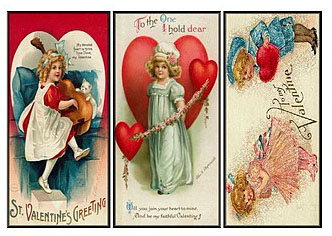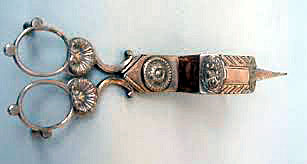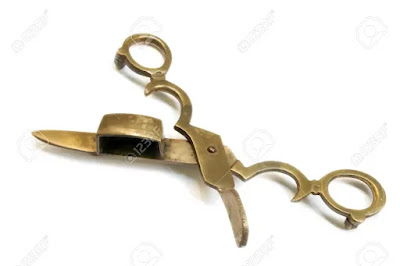 QUESTION: I’ve always liked Arts and Crafts pottery. I understand that women made and decorated some of the different types of that pottery. One particular type that I’ve admired is Newcomb pottery. What can you tell me about it and the women who created it?
QUESTION: I’ve always liked Arts and Crafts pottery. I understand that women made and decorated some of the different types of that pottery. One particular type that I’ve admired is Newcomb pottery. What can you tell me about it and the women who created it?ANSWER: The years from the mid-1890s to just before World War I witnessed a progressive movement that affected not only the arts but the way people viewed how things were made. During the second half of the 19th century, mass production of many products, including pottery, became common. This gave rise to a movement that looked back to when people made it by hand. At the same time, women began to look beyond the home to fulfill their lives.
Newcomb Pottery was produced from 1895 to 1940. The company grew out of the pottery program at H. Sophie Newcomb Memorial College, the women's college now associated with Tulane University in New Orleans, Louisiana. The Pottery was a contemporary of other Arts and Crafts potteries, such as Rookwood, North Dakota, Teco, and Grueby.

Under the tutelage of Professor William Woodward, advanced Newcomb art students participated in the Tulane Decorative Art League, which combined with the New Orleans Art League Pottery Club to take over the old New Orleans Art Pottery facility in 1890. Students employed their pottery decorating skills here until the Newcomb Pottery was organized in 1895. The Pottery Club encouraged Newcomb students with decorating experience to focus their artistic efforts on wares produced at the school facility. The plan was to establish a pottery program by converting a former chemistry laboratory into a pottery studio so that students could sell their wares and make the program self sufficient.


Jonathan Hunt replaced Meyer in 1927 and later Kenneth Smith in 1929. After Hunt left the Pottery in 1933, Francis Ford replaced him. Both Smith and Ford stayed with the Newcomb Pottery program through its termination in 1940.
Eventually, the Pottery designated women who worked regularly in it as craftsmen with a preference given to those who had completed an undergraduate degree and a later graduate studies program with the school’s art department.

Early pieces at the Pottery closely reflected the Arts and Crafts style. The pottery often depicted Louisiana's local flora, done in blue, yellow and green high glazes. Newcomb Pottery was at its peak from 1897 to 1917. During that time, the women experimented with various glazes and designs, winning many awards at exhibitions throughout the country and in Europe.

Newcomb Pottery also recruited pottery experts to help improve its product. Among them was Mary Given Sheerer from the Cincinnati area, originally hired to train the students in the slip-decorating techniques popularized at that time by the Rookwood Pottery.
Though training genteel young women was the Pottery’s main goal, the potters and students attempted a number of styles, as they sought to best use the raw materials available in the vicinity of New Orleans. The had originally planned to replicate the contemporary style of the Rookwood Pottery but that failed because slip-painting was unreliable in the hot and humid New Orleans climate. By 1900, Sheerer had to adapt her style, first to biscuit-painted designs and later to incised decorations, both under a high-gloss transparent glaze.
The potters also experimented with the types of clays they used to form the pots. The first clays they used fired either red or buff. A few years later, they used only clays from St. Tammany Parish, Louisiana. They mixed these clays with loam gathered from the banks of the Mississippi River to produce white bodies.
With the end of the First World War, the popularity of the Arts and Crafts Movement waned. What had once seemed attractive and desirable because of its handmade qualities now looked rustic, old-fashioned and amateurish.
To read more articles on antiques, please visit the Antiques Articles section of my Web site. And to stay up to the minute on antiques and collectibles, please join the over 30,000 readers by following my free online magazine, #TheAntiquesAlmanac. Learn more about the "Pottery Through the Ages" in the 2022 Winter Edition, online now. And to read daily posts about unique objects from the past and their histories, like the #Antiques and More Collection on Facebook.












































